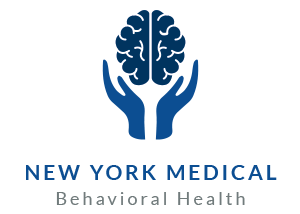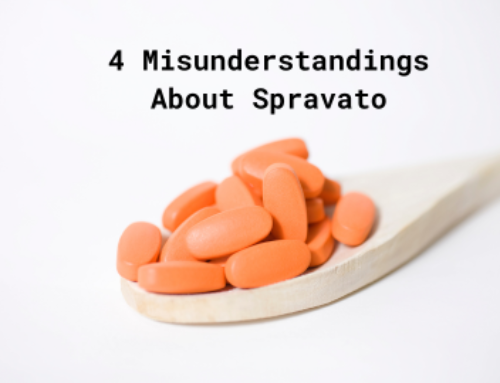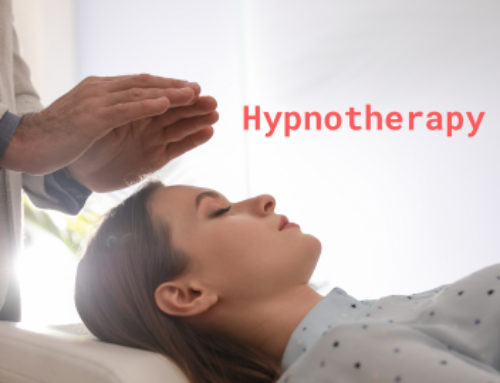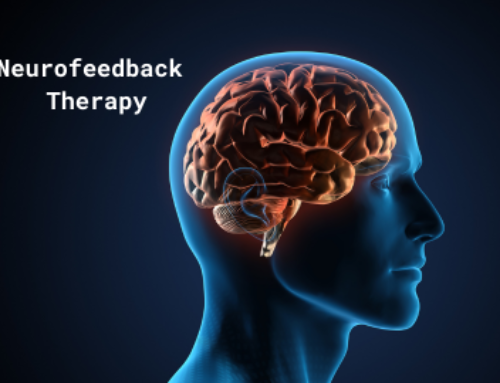The Front of Your Mind
The frontal cortex is the largest portion of the brain and contains some of the most influential areas when it comes to mood, emotional regulation, sensory processing, etc. As you might guess, the frontal cortex of the brain is located in the forepart of the brain, behind your forehead. While it is important to remember that the brain interacts with itself across the different regions, it is mainly the frontal cortex that makes us who we are as people.
What are some different functions of the frontal cortex?
- Feeling and processing emotion.
- Social awareness and functionality.
- Voluntary movements and fine motor skills.
- Language processing and speech.
When Damage Is Done
As the frontal cortex governs much of our emotional processing and the way we react to our environment, dysfunction in the frontal cortex can result in mental illnesses. These dysfunctions can be a result of an imbalance or misdirection of neurotransmitters, neurological disease, physical injury, and more. Damage or disorder in the frontal cortex is often followed by or associated with disruptions in the sufferer’s abilities that we mentioned above. The brain is an amazing, mutable organ, and sometimes other areas of the brain can pick up the slack if one area is unable to function adequately.
TMS and the Brain
TMS is targeted to influence parts of the frontal cortex. TMS is an electromagnetic current passed over the skull for noninvasive stimulation of the brain’s emotional processing centers. TMS is a painless outpatient procedure that is currently approved by insurance carriers for treatment of major depressive disorder (MDD), with promising results emerging from ongoing medical study.
Parts of the Frontal Cortex
The brain’s frontal cortex is sectioned into four primary areas, all of which have different main functions, though all communicate with each other. Those parts are:
- The primary motor cortex helps control voluntary movements, fine motor skills, and spatial awareness. If one side of the primary motor cortex is damaged, that can produce impaired function in the limbs of the contralateral (opposite) side of the body.
- The lateral areas govern language, both the expression of language and the understanding of language. The lateral portions also deal with working memory and memory absorption.
- The medial areas deal with awareness, motivation, and decision-making. Good judgment is learned, but it’s also a dedicated function of the medial area.
- The frontal orbital areas help control social behavior. In this way, you can see how the different areas work with each other. Social functions involve language, working memory, and judgment.
Be Kind to Your Mind
The frontal cortex is highly susceptible to damage from a head injury. If you have had a head injury lately and have not seen a doctor, do so immediately. Also see your doctor if you are experiencing difficulty with any of the functions listed above. You don’t have to struggle alone. You deserve professional help and compassion. Contact us today to discuss your psychiatric needs. We are now open for in-person treatments like TMS with all the necessary safety precautions in place. We are also available for telepsychiatry appointments.





